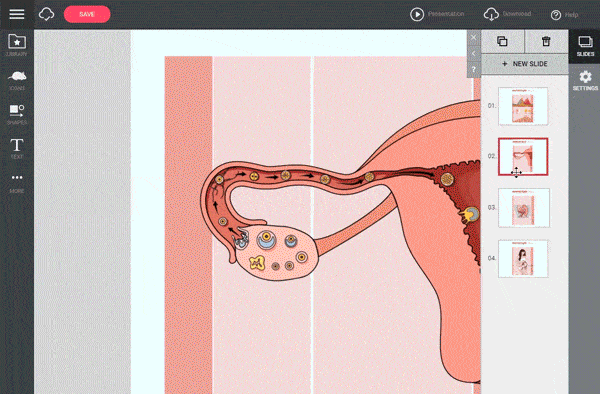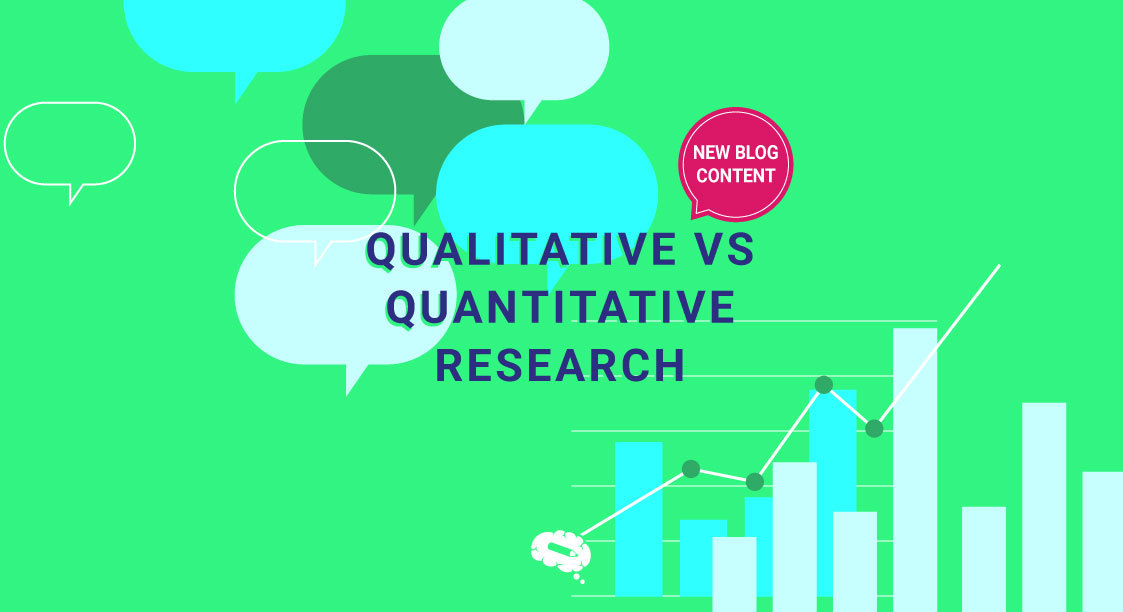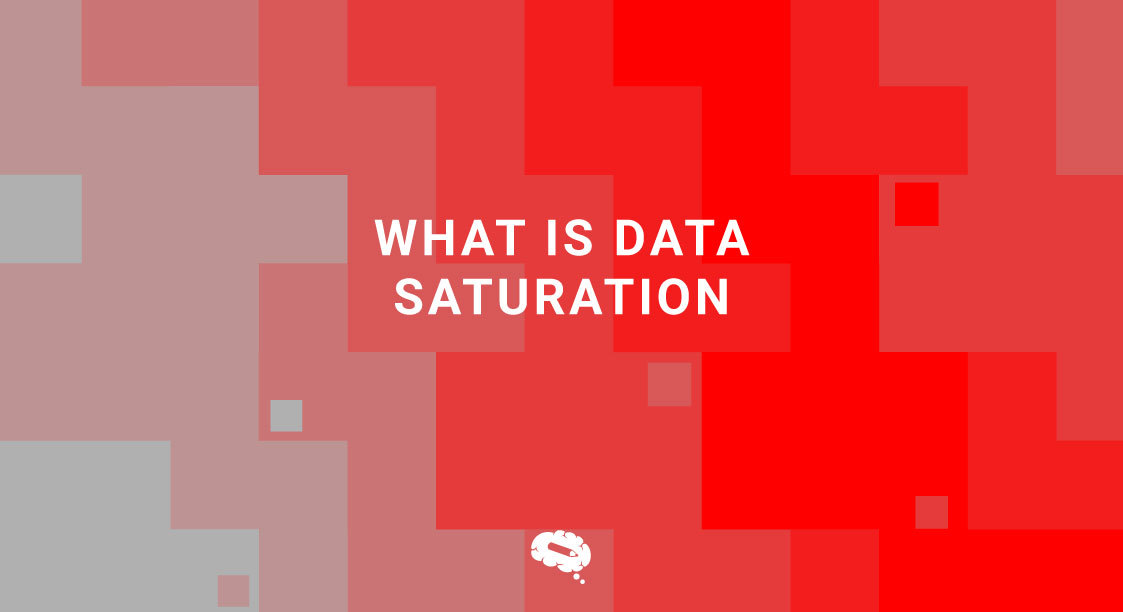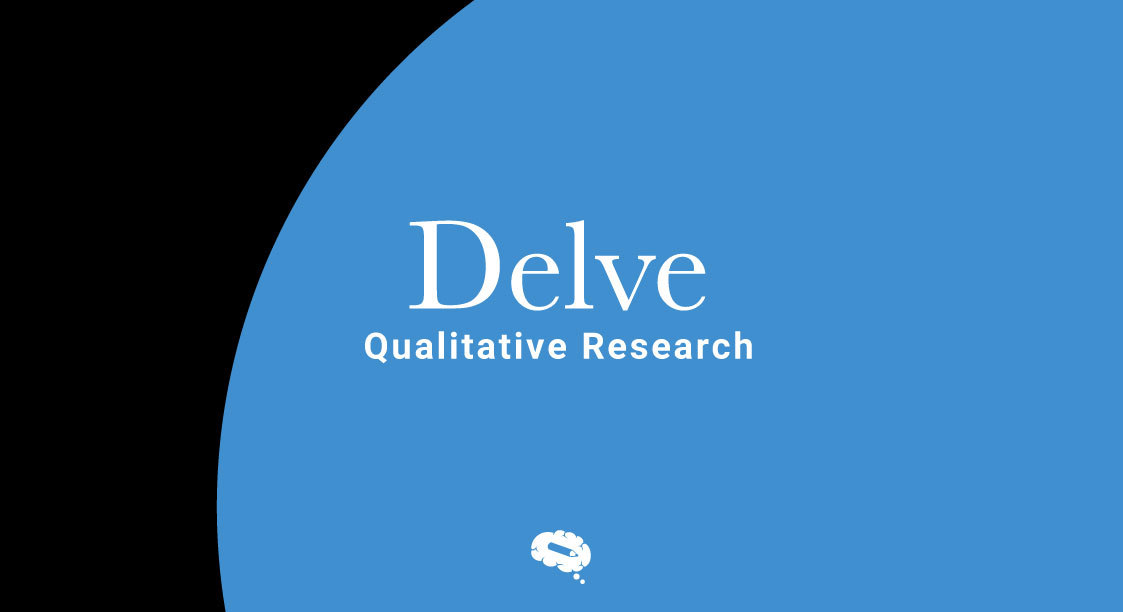There are several methodologies for conducting research, with qualitative and quantitative research being two of the most prominent. Qualitative research focuses on understanding an individual’s experiences and points of view through observation and interviews, whereas quantitative research analyses and draws conclusions based on numerical data. Both strategies have benefits as well as drawbacks, and selecting the appropriate methodology can have a considerable influence on the outcome of a study.
In this article, we will look at the differences between qualitative vs quantitative research, their benefits and drawbacks, and how to analyze based on each method. By the end of this article, you will have a better grasp of these two research methods and will be better prepared to select the best one for your research.
What is Qualitative Research?
Qualitative research is a research method that focuses on understanding individuals’ experiences, perspectives, and behaviors in their natural environment. This method is frequently used to investigate complex phenomena that are difficult to quantify, such as beliefs, attitudes, and feelings. Data for qualitative research is often gathered through methods such as observation, interviews, and focus groups. The information gathered is frequently non-numerical and might comprise text, audio, and visual records.
One of the distinctive features of qualitative research is the emphasis on context and the subjective interpretation of data. Rather than attempting to generalize the findings to a broader population, qualitative researchers strive to grasp the meaning and relevance of the data acquired by evaluating it in its context.
This strategy helps researchers to obtain a better understanding of the experiences and points of view of the individuals being examined, as well as find patterns and themes that may not have been obvious using other research methods.
What is Quantitative Research?
Quantitative research is a research method that focuses on the systematic collecting and analysis of numerical data. This strategy is frequently used to investigate correlations between variables and to make predictions or generalizations about a wider population based on a sample. Quantitative research often entails gathering data using methods such as surveys, experiments, and structured observations, and then evaluating the data using statistical techniques.
One of the distinctive features of quantitative research is its emphasis on impartiality and the use of standardized measurements. Quantitative researchers use rigorous methods for gathering and analyzing information to reduce the effect of personal bias and subjectivity.
This method enables researchers to test hypotheses, identify cause-and-effect correlations, and draw statistical inferences about a wider population.
Advantages and Disadvantages of Qualitative Research
When deciding on the methodology to use, researchers should examine the advantages and disadvantages of qualitative research, as follows:
Advantages
- Data richness and depth: Qualitative research enables researchers to collect rich, detailed data about participants’ experiences, attitudes, and points of view, which can offer a more complete picture of the phenomena under investigation.
- Flexibility: Qualitative research is adaptive and flexible, allowing researchers to change their method in response to new or unexpected discoveries.
- Understanding participants: Since qualitative research frequently involves direct involvement with individuals, researchers can get a better grasp of their personal experiences and points of view.
- Contextualization: Qualitative research stresses the relevance of context and subjective data interpretation, which can give insights into how individuals make meaning of their experiences in their specific settings.
- Hypothesis generation: By recognizing patterns and themes in the data, qualitative research may be utilized to develop hypotheses for additional research.
Disadvantages
- Limited generalizability: Since qualitative research occasionally relies on small sample size, it may not be representative of the wider population, its generalizability is limited.
- Subjectivity: Qualitative research entails subjective data interpretation, which may be impacted by the researcher’s bias or personal perspective.
- Time-consuming: As qualitative research includes in-depth data collecting and processing, it may be time-consuming.
- Difficulties in analysis: Qualitative data can be complicated and difficult to analyze, especially when non-textual material such as photos or audio recordings are included.
- Data saturation: Qualitative research might reach a point where new information does not yield significant insights, limiting the relevance of further data collection.
Advantages and Disadvantages of Quantitative Research
Quantitative research, like qualitative research, has advantages and disadvantages that researchers should consider when selecting this method for their study.
Advantages
- Generalizability: Since quantitative research is frequently based on a larger sample size, it can yield statistically valid findings that can be generalized to a broader population.
- Objectivity: Quantitative research places an emphasis on objectivity and standardized measurements, which reduces the impact of personal bias and subjectivity.
- Replicability: Quantitative research provides an established method and standardized measurements, allowing other researchers to replicate the research.
- Statistical analysis: Statistical analysis is possible in quantitative research, which may assist researchers evaluate hypotheses and discover cause-and-effect connections.
- Effective data analysis: Quantitative research frequently involves numerical data, which may be quickly examined using statistical tools.
Disadvantages
- Lack of depth: As quantitative research frequently depends on standardized measurements, it may overlook the intricacies of participants’ experiences and points of view.
- Limited comprehension: Quantitative research frequently focuses on specific aspects of the phenomenon being examined, it may not give an in-depth understanding of the entire phenomenon being studied.
- Inflexibility: Since quantitative research relies on a set methodology and established measurements, it is frequently inflexible.
- Limited context: Quantitative research may fail to recognize the significance of context and may neglect the impact of subjective data interpretation.
- Measurement error: Quantitative research is based on numerical data, which might be prone to measurement errors or inaccuracies.
Data Collection Methods: Qualitative vs Quantitative Research
The collection of data methods differs in different ways between qualitative vs quantitative research.
Qualitative research often employs data-collecting methods such as interviews, focus groups, observation, and document analysis. Using these methods, researchers may acquire extensive, detailed data about participants’ experiences, perspectives, and points of view.
Interviews and focus groups, for example, allow researchers to interact directly with participants and delve deeper into their personal experiences and points of view. Researchers can use observation to study participants’ behavior in their natural environment and capture their experiences in real-time.
They might investigate written or visual materials such as diaries, letters, or photos to get insights into participants’ experiences and points of view through document analysis.
Quantitative research often uses methods for collecting data such as surveys, experiments, and structured observations. These methods enable researchers to acquire numerical data that can then be examined statistically.
Surveys entail asking individuals to answer a series of standardized questions, usually in writing or online. Experiments entail tinkering with one or more variables in order to test hypotheses and quantify the effect on a dependent variable. Structured observations entail gathering data in a methodical manner, frequently utilizing pre-determined categories or checklists.
Overall, data-collecting methods are employed in both qualitative and quantitative research, although the methods utilized change based on the research’s methodology and the type of data being gathered. Quantitative research focuses on numerical data that can be evaluated using statistical tools, whereas qualitative research emphasizes rich, detailed data that can give insights into participants’ experiences and points of view.
How to Analyze Qualitative vs Quantitative Data
Due to the nature of the data, analyzing qualitative and quantitative data requires different methodologies.
The identification of patterns, themes, and categories in collected data is the primary objective of qualitative data analysis. This method frequently includes the following steps:
- Transcribing or turning recorded data into text is usually the first stage in assessing qualitative data.
- Data coding entails the researcher reading and rereading the data in order to uncover patterns, themes, and categories. To aid in this process, the researcher may employ software programs.
- The researcher then generates themes and sub-themes that arise from the data once the data has been coded.
- Finally, depending on the data collected, the researcher evaluates the themes and sub-themes, drawing conclusions and providing suggestions.
When it comes to quantitative data analysis, statistical approaches are used to examine the numerical data obtained. The process frequently includes the following steps:
- Cleaning the data is the first step in interpreting quantitative data since it removes errors, inconsistencies, and outliers.
- The researcher then arranges the data into an analyzable format, such as a spreadsheet or database.
- To summarize the data, the researcher may use descriptive statistics such as mean, median, or mode.
- Finally, the researcher may employ inferential statistics such as t-tests or ANOVA to test hypotheses and evaluate if the results are statistically significant.
Your Creations, Ready within Minutes!
Mind the Graph is a valuable resource for scientists and researchers who need to create professional-looking scientific illustrations and graphics in a matter of minutes! With its range of tools and resources, the platform makes it easy to create high-quality visuals that effectively communicate research findings to a wide audience.


Subscribe to our newsletter
Exclusive high quality content about effective visual
communication in science.





